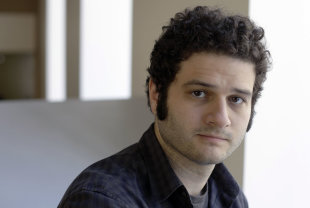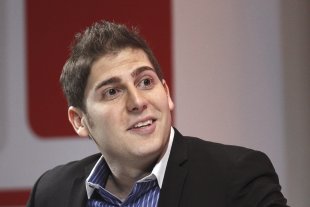
KUALA LUMPUR: Malaysian equities have been upgraded to an “overweight” by JPMorgan in a report, which advised investors to buy quality growth stocks whose businesses relied on domestic demand andEconomic Transformation Programme (ETP)-related growth.
The bank's Kuala Lumpur- and Hong Kong-based analysts said investors should buy “quality growth stock” now as local equities have underperformed emerging markets while emerging markets have significantly underperformed developed markets.
They made their case based on the fact that Malaysian equities have underperformed Asean neighbours Indonesia, Thailand, and the Philippines whose growth were also based on domestic consumption and investment growth.
Among signs of growth and consumption, they said Malaysia's capital expenditure (capex) grew 20% in 2012 up from a five-year average of 7% while January vehicle sales grew 26%.
“Our economist forecasts 5.1% gross domestic product growth (GDP), similar to that for other Asean economies. The central bank is on hold. Inflation is modest the 2013 forecast is 2.3%,” they said, adding that private investment grew 22% last year with this year's to grow 15.6% while infrastructure is funded by a savings-investment gap at over 11% of GDP.

The ETP would be supported by a strong pipeline of RM211.3bil in committed investments derived from 152 entry point projects, with 149 projects announced. These projects were expected to generate gross national income of RM135.6bil in 2020 and create 400,000 jobs.
They said investors should “probably not wait” for the imminent dissolution of parliament, the last day of which to do so would be April 28. Following which, the general election must be held within 60 days.
“Investors are asking when to buy. Inbound investors' visits year to date are equivalent to the whole of 2012. Our advice is to buy quality growth stock now,” they said.
Furthermore, they said the Iskandar growth region continues to boom with cummulative investments hitting the RM100bil target in the third quarter of last year.
They pointed out that property demand remains strong in the growth region with several companies announcing multi-billion ringgit property projects.
The basket of stocks which they believe provides a strong franchise, domestic-led earnings growth and double-digit earnings per share growth were AMMB Holdings Bhd, Axiata Group Bhd, Berjaya Sports Toto Bhd, CIMB Group, Dialog Group Bhd, Gamuda Bhd, IJM Land Bhd,KLCC Property Holdings Bhd and Media Prima Bhd.

These stocks have potential for earnings and dividend upgrades. They said Axiata offers a healthy yield (4%) with higher dividend per share forecast, and double-digit earnings per share growth; CIMB is a high growth, low price-to-earnings ratio stock; Gamuda Bhd continues to leverage on the RM60bil MRT project and has a high backlog of RM10bil and KLCC Property is the largest, most liquid REIT with prime portfolio and offers 4.5% dividend yield, with potential upside.
Meanwhile, MIDF Research said the Malaysia and Indian stock markets escaped the global funds outflow deluge which hit Asian markets last week
As a weekly aggregate, the research house said net outflow of foreign equity investment for the seven markets it tracked increased to about US$2.7 trillion, the highest weekly outflow since mid-May 2012.
The seven markets in MIDF's research coverage are South Korea, Taiwan, Thailand, Malaysia, Indonesia, the Philippines and India. The report noted that Malaysia continued to register net inflow of foreign equity capital albeit in smaller quantum last week whereas Indonesia, Thailand and the Philippines recorded negative foreign flows albeit well within the usual weekly cyclical band.
Source: Star Online


























